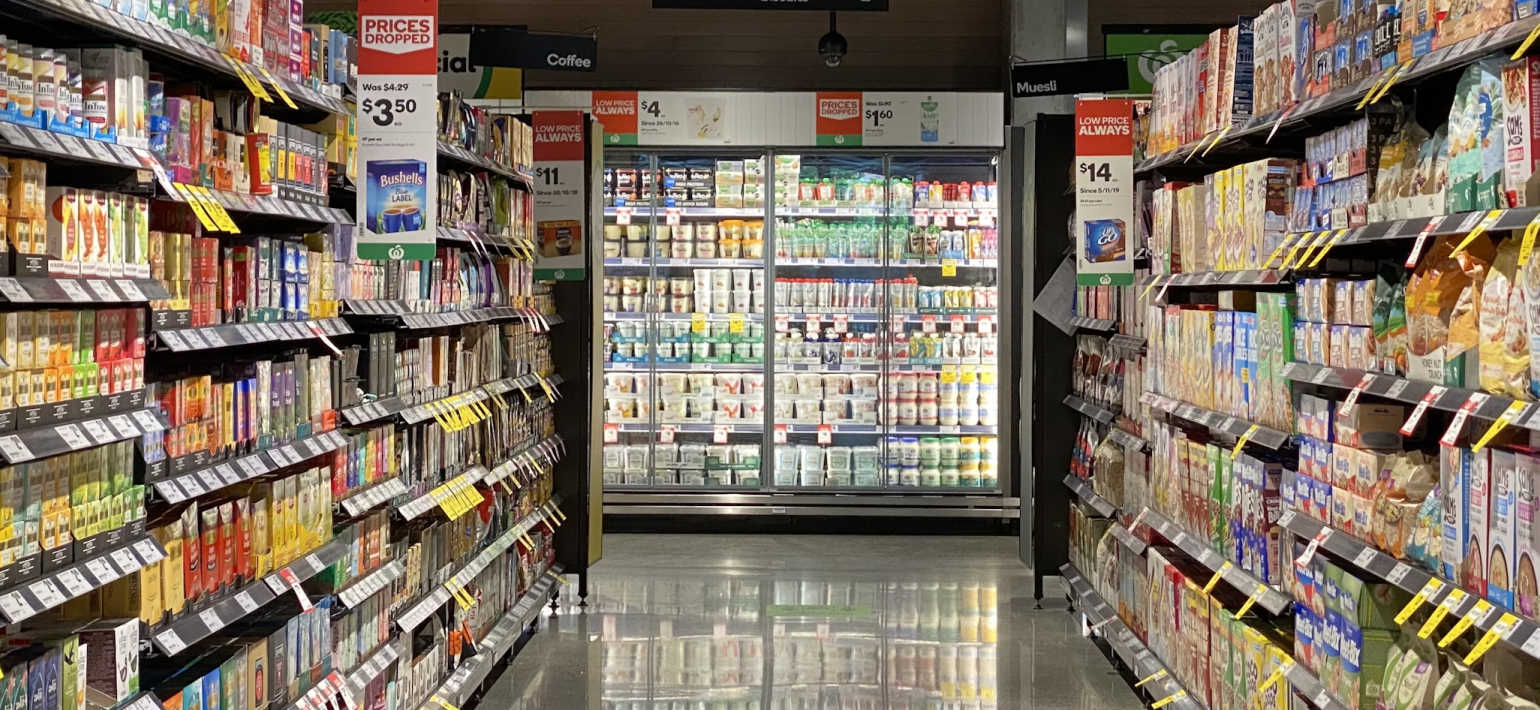Digital Marketing for FMCG Brands


Digital marketing within FMCG has its own unique challenges. While not as saturated as the hugely competitive travel or finance verticals, it can be challenging to find a digital strategy that works well for your brand in the FMCG space and to get a full understanding of what success looks like.
Over the past five years 8 Million Stories have been fortunate to work with several excellent marketeers across a range of FMCG brands and this has given us some great insights into some of the best techniques to optimise your digital strategy.
Here are five quick tips to get you started:
1. Set targets
As with any digital marketing campaign, you need to understand what you are looking to achieve and what you are getting back. Too often brands waste funds on campaigns without understanding what success looks like or what they are getting for the budget. Many FMCG brands don't sell products directly on their website so it's impossible to measure a direct ROI. Unfortunately, this can lead to lazy strategies that have limited performance measurement.
Even without being able to track revenue we would recommend setting targets around a variety of indicators (depending on channels used) such as:
- Traffic Increases
- Time on Site
- Bounce Rate
- Social Engagement
- Organic Ranking Improvements
2. Research your audience
Audience research is vital for any form of marketing. From a digital perspective this is especially important for developing content strategies. A common mistake we see is that brands adopt a "one size fits all" approach to content marketing - creating one piece of content that they hope will engage their entire audience.
At 8 Million Stories we work with brands to create multiple audience profiles, dividing audiences into different target segments. From here we can build a better understanding of the following factors:
- What types of content do audience segments typically engage with
- What topics are of interest
- What keywords are they searching for
- What social platforms do they use
- When are they online
- Etc.
We get this information through analytics data and also have a license for various industry tools such as YouGov. Using this data, we can create targeted strategies for YOUR audience and ensure budgets are not wasted.
3. Own your own brand space
Once you understand who your audience is and have set your targets the next step is to ensure you own your brand space. This isn't just limited to buying the relevant URL, setting up Facebook and Twitter accounts and trusting in your development agency to "take care of SEO". Owning your brand space from an SEO perspective will take some work from an organic perspective and if you have competitors bidding on your brand in the paid realm of digital it can be very damaging.
Your own brand space should be seamlessly linked with your content strategy and SEO to ensure you consistently own that real estate and reach your customers with relevant and engaging messaging.
4. Don't waste money on poorly targeted paid media campaigns
If you were spending money on a television advert would you want it to run on a channel that didn't match your target demographic? Seems obvious, yet from our experience FMCG brands are amongst the worst when it comes to poorly targeted paid media campaigns.
Spending time to set up carefully targeted audience segments in Facebook advertising should be a given - but try to ensure you use Google's various bid modifiers too. If you know your core audience segment is females aged 45-65 then adapt your bids to spend more on consumers who are more likely to engage with your brand, rather than spending large percentages of your budget on 18-year-old males.
5. Don't sell your product on site? Integrate someone who does...
One of the reasons we see digital marketing being deprioritised by FMCG brands is that they don't sell their products directly online, so they can't tie back results to a direct ROI like travel or retail brands can. However, consumers are buying FMCG products online.
According to Nielson.com "Total global online FMCG sales are expected to reach as high as US$400 billion by 2022. Consumers' buying habits are shifting toward online, and their changing product preferences have created the need for FMCG companies to address demand and consider FMCG e-commerce integral to their overall business strategies." (source: Nielson)
One way brands can look to address this is by using tools such as Adimo (https://adimo.co) which allow users to "Add to Basket" when viewing products on your website. Your site visitors can thereby choose to add products directly to the basket of their preferred online retailer (e.g. Tesco, Amazon, ...) and your products will be waiting for them the next time they visit the retailer's website.
Overall, these are just five of the many things FMCG brands can be doing to really improve their digital performance. For further information and case studies please feel free to get in touch with us today at hello@8ms.com.





